home
>
Blog
>
Photography
>
Strobe photography: tricks to capture a moving sequence
Strobe Photography …
Do you want to master strobe photography? 💥 This is one of the lighting techniques in photography with which you can capture a sequence of movements in the same frame, Which is perfect if you like action photography!
It’s all about taking photos with a flash, getting the most out of this tool, and working with continuous flashes of light to create images with stunning effect.
In this note we will tell you what strobe photography is, what you need to immortalize movement, and how to take strobe flash photography. We trust that this tutorial will be what you need to break it up in your next compositions.
Index
- What is strobe photography?
- How does strobe photography work?
- What do you need to take strobe photos?
- Strobe Flash Settings
- How to do strobe photography?
Strobe photography is one of the lighting techniques in photography with which you can capture the movement of the subject in high-quality photographs.
The idea is that with the use of the flash strobe mode and the help of a long exposure, you can shoot multiple flashes repeatedly with the intention of capturing a sequence where movement is seen of people, objects or animals in a single frame.

Source: Mott.
Imagine you are in a completely dark room with a moving ball. If there is no element that emits or reflects light, you will not be able to capture anything in image for long exposure time that you give to the capture.
Now, if you turn on a light to illuminate the ball and it reflects it, at that moment the subject in the photograph would begin to “imprint” itself. But If you work with high-frequency flashes, two things happen:
- Between flashes the movement will not be registered in the photograph
- The movement of the ball will only be registered when the next flash is fired, capturing it in a position other than the initial one. At the end, in the photograph you will see the ball in the same number of positions that corresponds to the number of flashes launched by the flash.
If you have a relatively long exposure time, you will be able to capture a sequence of the movement of the ball and you will have taken a strobe photograph!
👉 The best thing about this photography technique is the creative possibilities that it opens up.
Instead of taking bursts of photographs of a moving subject and then combining them using digital programs, strobe photography uses the power of light to paint movement over a single shot. Therefore, it is a technique widely used in different types of photography: sports photography, the high speed photography and the night photography.
We tell you how to work with it in the following strobe photography tutorial.
📸 A camera
Of course you can take strobe photos with your phone. However, the quality can leave a lot to be desired. It is best to get used to working with a camera, especially since to take advantage of this photography technique you will need manual mode.
✅ A dark background
Having a dark background allows the movement of the subject to be seen clearly and not to create reflections of light. It also eliminates the possibility of elements that may interfere with the capture or damage the composition. You can use black fabrics or look for open spaces with low lighting and few objects that can reflect the light of the flash or have their own light.
🏃♀️ A moving subject
Having a moving subject is key in strobe photography. You can start practicing with a small montage at home, for example, photographing a ball as it falls to the ground or making your pet your model.
Learn how to build a home photo studio in this free ebook

👌 A tripod and a remote shutter
To make sure your camera won’t move a millimeter and the image will be as clean as possible, rest the camera on a tripod and use a remote shutter release.
💡 Flash in strobe mode
Remember that the magic of strobe photography is in the repeated flashes of light. So you have to get an external flash unit with a high frequency firing mode – usually referred to as “Multi” mode.
You must take into account 3 aspects to configure the strobe flash:
The power or intensity of the flash
As the name suggests, it refers to the power of the flash. It is normally reflected as a fraction (1/4, 1/8, 1/16, 1/32, 1/64, 1/128) with 1/4 being the highest power and 1/128 the lowest. The further away from the object, the more power you should use.
The quantity or number of shots
This is the number of times the flash fires. You can put the ones you want to capture according to the composition you plan to do.
The frequency per second of triggering
Indicates the speed of the flashes and the number is reflected in Hertz (Hz) that can range from 1 Hz to 100 Hz. For example, if we set 14 Hz, that means that the flash will fire the flashes at a speed of 14 flashes per second. It does not mean that it will fire all 14 flashes, but rather the speed at which it will.
You can try different settings and see how your compositions turn out.
Learn new advanced photographic lighting techniques with this course
So how does this all look in practice? Let’s look at an example to apply strobe photography techniques.
Think about the composition
Suppose you want to take a strobe photograph of a soccer player doing pull-ups with the ball. Think about how many moves in the sequence you want to capture and how long the player can take to complete the action. These first details will be the basis for what follows.
Calculate the exposure time
You need to allow enough time for the player to perform the action (between 1 and 3 seconds) and also for the flash to make the number of flashes you planned.
To calculate the exposure time you can follow this rule:
Exposure time = # of shots / Speed in Hz
For example, if you want to capture a sequence of 5 movements at a speed of 20 Hz, you need to set the exposure time to 1/4 second.
Set the strobe flash
Configure your flash with the above values:
- You can use average power of 1/64.
- Set an amount of 5 flashes.
- Sets a frequency of 30 Hz.
Take care of the location of the flash
The location of the flash is also important. You can place it to the side and not on the camera. You can use a wireless remote trigger to separate the flash from the camera.
Uses closed diaphragm openings
Working with closed apertures helps you get the greatest depth of field and the player is fully focused.
Work with low ISO values
With dark backgrounds it is best to capture your strobe photos with low ISO values to minimize photo noise. Try to work with a value less than 800.
Place your subject in a dark space
Place the player in a space with little or no light and preferably in front of a black background. Better if you put a reflective element to highlight the movement! Thus the reflection of the flashes will be more powerful.
Put the camera on the tripod and shoot
Put the camera on the tripod pointed at the subject. Focus first and release manual focus before shooting. Remember to use a remote shutter or timer to avoid shaking the camera. You will see how you manage to capture 5 movements of the player in a single frame and you will have taken a strobe photograph.

You must do several tests before mastering the technique. Experiment with different camera and flash settings, make the subject of your photo have fun with the movements, and get plenty of practice. Strobe photography will allow you to fully exploit your creativity.

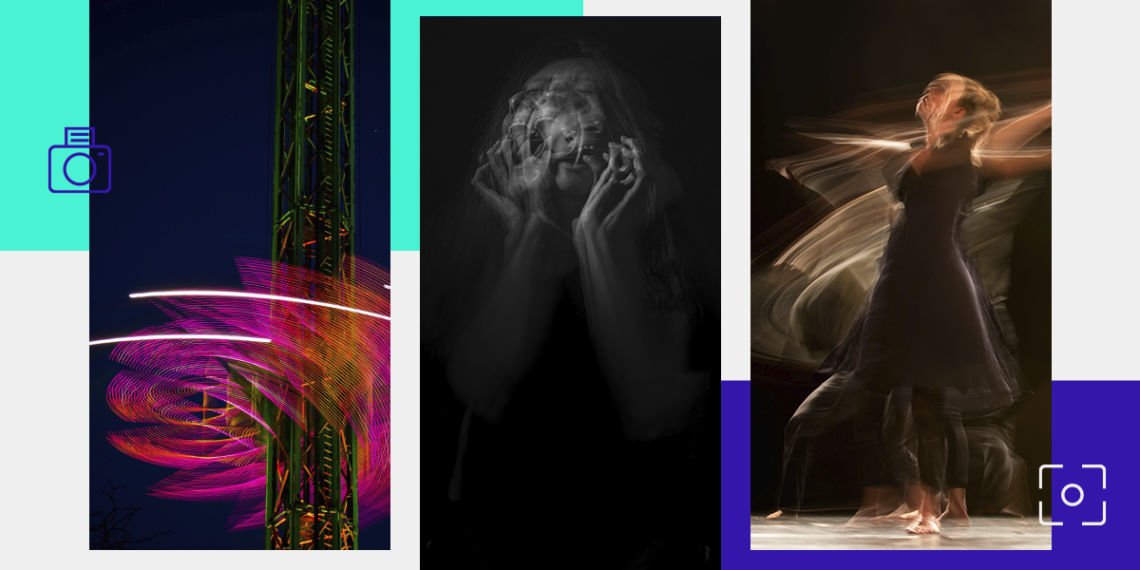
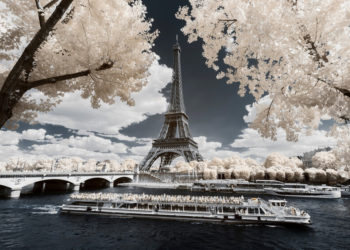
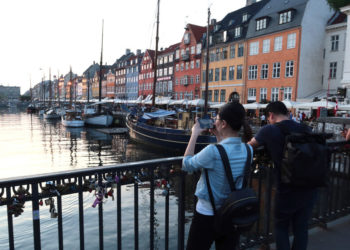
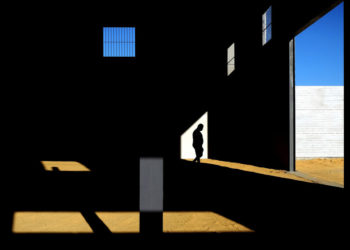
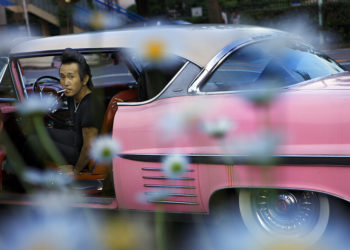

![Photo retouching tips in Photoshop [2021]](https://big-photography.com/wp-content/uploads/2021/01/retoque-fotografico-75x75.jpg)
Discussion about this post